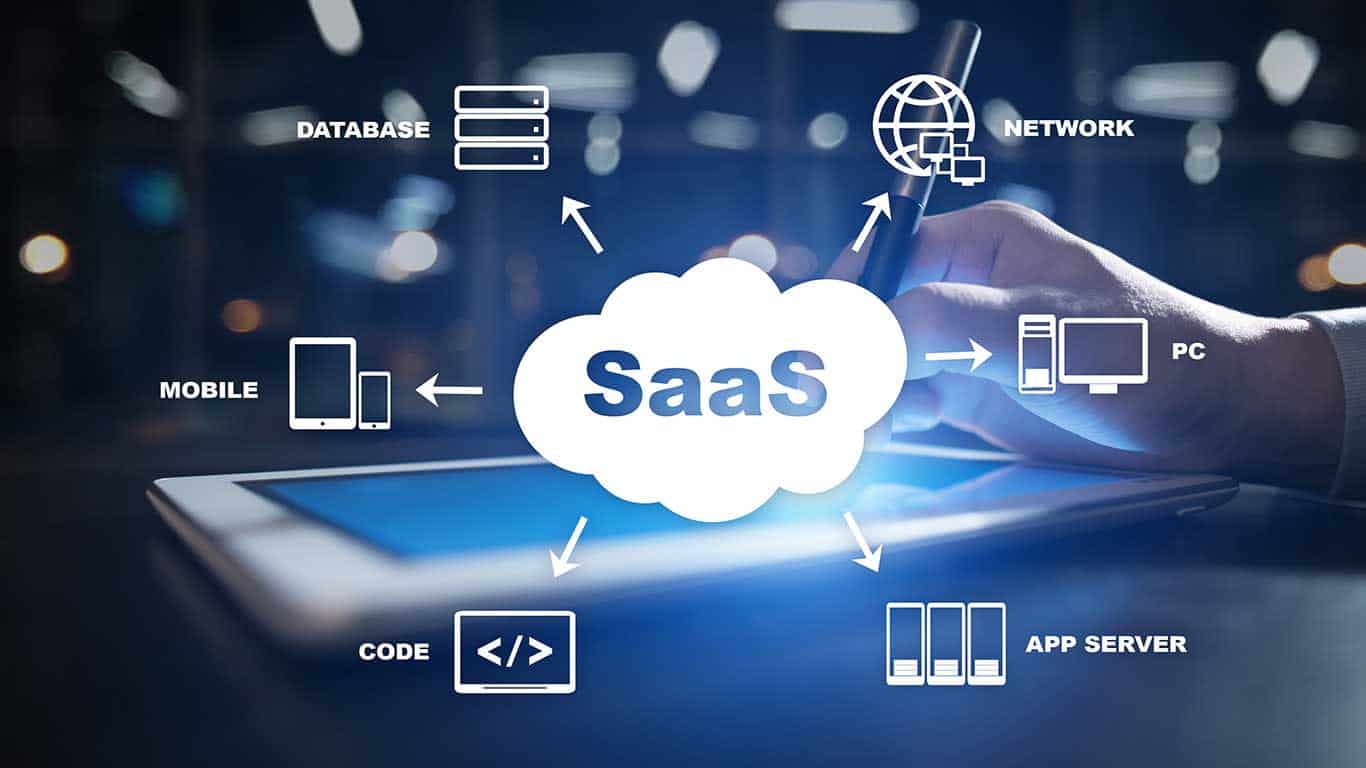Revolutionizing Education: Exploring the Power of Personalized eLearning Platforms
In today’s fast-paced world, traditional methods of education are being challenged and reimagined. As the way we learn continues to evolve, personalized e-learning platforms have emerged as a powerful tool to revolutionize education as we know it. These innovative platforms harness the capabilities of technology to tailor educational experiences to the unique needs and preferences of each individual learner. Imagine a student sitting in a crowded classroom, struggling to keep up with the pace of the lesson. Frustration sets in as they try to grasp the concepts being taught, but it feels like the information is slipping through their fingers. Now, envision a different scenario: the same student, equipped with a personalized e-learning platform. With this revolutionary educational tool, the student is no longer confined by the limitations of a one-size-fits-all approach. Instead, they have access to a tailored learning experience that adapts to their specific learning style, pace, and interests. So, what exactly are personalized e-learning platforms and how do they work? In this blog post, we will delve into the fascinating world of personalized e-learning and explore the power these platforms hold in transforming education. We will examine the key features and benefits of these platforms, as well as the challenges they face in implementation. Additionally, we will discuss real-life examples of how personalized e-learning platforms are making a difference in classrooms around the globe, empowering students to take control of their own learning journey. Join us on this exciting exploration as we uncover the endless possibilities that personalized e-learning platforms offer. From adaptive assessments and customized lesson plans to interactive simulations and virtual reality experiences, these platforms are reshaping the way we learn and paving the way for a more personalized and engaging educational landscape. So, get ready to embark on a journey into the future of education, where every learner can thrive and reach their full potential with the help of personalized e-learning platforms.
I. Understanding Personalized eLearning Platforms
Before we dive into the inner workings of personalized e-learning platforms, let’s first gain a clear understanding of what they are. Simply put, personalized e-learning platforms are digital tools that leverage technology to deliver customized educational content and experiences to individual learners.
Unlike traditional classroom settings where all students receive the same instruction at the same pace, personalized e-learning platforms adapt to the unique needs and preferences of each learner. These platforms utilize advanced algorithms and artificial intelligence to analyze data about a student’s learning style, progress, and interests. Based on this analysis, the platform then tailors the content and delivery methods to optimize learning outcomes for that particular student.
Personalized e-learning platforms can take various forms, including online learning management systems, adaptive learning software, and virtual tutoring programs. Regardless of their specific format, these platforms share a common goal: to provide learners with a highly individualized educational experience that promotes engagement, mastery of concepts, and overall academic success.
II. How Personalized eLearning Platforms Work
The inner workings of personalized e-learning platforms are complex yet fascinating. At their core, these platforms rely on data-driven insights to create personalized learning paths for each student.
The process begins with an initial assessment phase where the platform gathers information about the learner’s existing knowledge base and learning preferences. This can be done through quizzes, surveys, or interactive activities designed to gauge the student’s strengths and areas for improvement.
Once this baseline data is collected, sophisticated algorithms come into play. These algorithms analyze the information gathered during the assessment phase along with additional data points such as previous performance records and user feedback. By considering all these factors together, the platform generates a comprehensive profile of each learner.
Using this profile as a foundation, the platform then designs a personalized learning path for the student. This path includes a curated selection of educational resources, interactive activities, and assessments that align with the learner’s specific needs and goals. As the student progresses through the content, the platform continuously collects data on their performance and adjusts the learning materials accordingly.
It’s important to note that personalized e-learning platforms are not meant to replace teachers or human interaction in education. Instead, they serve as valuable tools that complement traditional teaching methods by providing additional support and tailored resources to enhance the learning experience.
III. Key Features of Personalized eLearning Platforms
Personalized e-learning platforms offer a range of features that contribute to their effectiveness in delivering customized educational experiences. Let’s explore some of these key features:
a) Adaptive Assessments:
Adaptive assessments are an integral part of personalized e-learning platforms. These assessments dynamically adjust their difficulty level based on the learner’s responses, ensuring that each question is appropriately challenging without being overwhelming. By adapting to the student’s skill level in real-time, these assessments provide accurate insights into their strengths and areas for improvement.
b) Customized Lesson Plans:
One of the main advantages of personalized e-learning platforms is their ability to create customized lesson plans for each learner. These lesson plans take into account factors such as preferred learning style, pace, and individual goals. By tailoring the content and delivery methods to suit each student’s unique needs, these platforms maximize engagement and promote deeper understanding of concepts.
c) Interactive Simulations:
Interactive simulations are immersive experiences that allow learners to apply theoretical knowledge in practical scenarios. Personalized e-learning platforms often incorporate interactive simulations to enhance understanding and critical thinking skills. These simulations enable students to explore complex concepts through hands-on activities, fostering a deeper connection with the subject matter.
d) Virtual Reality Experiences:
Virtual reality (VR) is an emerging technology that holds great potential in the field of education. Personalized e-learning platforms can leverage VR to create immersive learning environments where students can interact with virtual objects and explore realistic simulations. This technology enhances engagement and provides a unique opportunity for experiential learning.
IV. Benefits of Personalized eLearning Platforms
The adoption of personalized e-learning platforms brings forth numerous benefits for both learners and educators. Let’s explore some of these advantages:
a) Individualized Learning:
Personalized e-learning platforms cater to the specific needs and preferences of each learner, allowing them to progress at their own pace and focus on areas where they need additional support. This individualized approach promotes a deeper understanding of concepts and increases overall academic achievement.
b) Enhanced Engagement:
By tailoring content to align with students’ interests and preferred learning styles, personalized e-learning platforms foster higher levels of engagement. When learners are actively engaged in their educational journey, they are more likely to retain information, participate in discussions, and develop a genuine passion for learning.
c) Targeted Intervention:
Personalized e-learning platforms provide educators with valuable insights into each student’s progress and areas that require intervention. With this data-driven information at hand, teachers can offer targeted support to help struggling learners overcome challenges more effectively.
d) Flexibility and Accessibility:
With personalized e-learning platforms, education becomes more flexible and accessible. Learners can access educational resources anytime, anywhere, as long as they have an internet connection. This flexibility allows individuals to learn at their own convenience while accommodating other commitments such as work or family responsibilities.
V. Challenges in Implementing Personalized eLearning Platforms
While personalized e-learning platforms offer immense potential, their implementation is not without challenges. Some of the key obstacles faced in adopting these platforms include:
a) Infrastructure and Connectivity:
For personalized e-learning platforms to be effective, reliable internet connectivity and access to appropriate devices are essential. However, not all learners have equal access to these resources, creating a digital divide that hinders widespread adoption.
b) Training and Support:
Teachers and educators require proper training and ongoing support to effectively integrate personalized e-learning platforms into their teaching practices. Without adequate training, educators may struggle to utilize the full potential of these platforms, limiting their impact on student learning outcomes.
c) Data Privacy and Security:
Personalized e-learning platforms rely heavily on collecting and analyzing student data. Ensuring the privacy and security of this data is crucial to maintain trust between learners, educators, and platform providers. Striking a balance between personalization and data protection is an ongoing challenge in the implementation of these platforms.
VI. Real-Life Examples of Personalized eLearning Platforms in Action
The power of personalized e-learning platforms can be witnessed through real-life examples where they have made a significant impact on education. Let’s explore some notable examples:
a) Khan Academy:
Khan Academy is a widely recognized personalized e-learning platform that offers a vast library of educational videos, practice exercises, and assessments across various subjects. The platform adapts to each learner’s progress by providing targeted recommendations for further study based on their performance.
b) Duolingo:
Duolingo is an interactive language-learning platform that personalizes the learning experience based on the user’s proficiency level and learning goals. The platform utilizes gamification elements to make language learning engaging and enjoyable.
c) SMART Learning Suite:
The SMART Learning Suite is a comprehensive personalized e-learning platform that combines interactive lesson delivery, formative assessment, collaborative workspaces, and game-based activities. This suite of tools empowers educators to create dynamic and personalized learning experiences for their students.
VII. Empowering Students through Personalized eLearning
Personalized e-learning platforms have the potential to empower students by placing them at the center of their own educational journey. By tailoring content, pace, and delivery methods to suit individual needs, these platforms enable learners to take ownership of their learning process.
When students have control over their education, they become active participants rather than passive recipients of information. They develop critical thinking skills, problem-solving abilities, and a sense of self-efficacy that extends beyond the classroom walls.
Furthermore, personalized e-learning platforms foster a sense of inclusivity by accommodating diverse learning styles and abilities. Students who may struggle in traditional classroom settings can thrive in an environment that caters to their unique needs.
VIII. The Future of Education: Opportunities and Possibilities with Personalized eLearning Platforms
The future of education holds immense opportunities and possibilities with the continued development and adoption of personalized e-learning platforms.
As technology advances, these platforms will become even more sophisticated in analyzing learner data and providing tailored recommendations for optimal learning outcomes. Artificial intelligence will play a crucial role in adapting content in real-time based on individual progress and preferences.
Furthermore, personalized e-learning platforms have the potential to bridge educational gaps by reaching learners in remote or underserved areas. By leveraging the power of technology, these platforms can bring quality education to individuals who may not have access to traditional educational resources.
In conclusion, personalized e-learning platforms are revolutionizing education by offering customized learning experiences that cater to the unique needs and preferences of each learner. These platforms empower students, enhance engagement, and provide educators with valuable insights for targeted intervention. While challenges exist in implementing these platforms, their potential to transform education is undeniable. With ongoing advancements and a commitment to inclusivity, personalized e-learning platforms have the power to shape the future of education and unlock the full potential of every learner.


